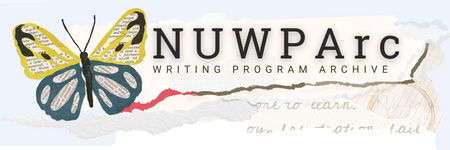Want to know when we add new public records?
Enter your contact info below and we will send you updates when we add new records to our public collection. Feel free to add any questions you might have about project development, and we'll get back to you as soon as we are able.
